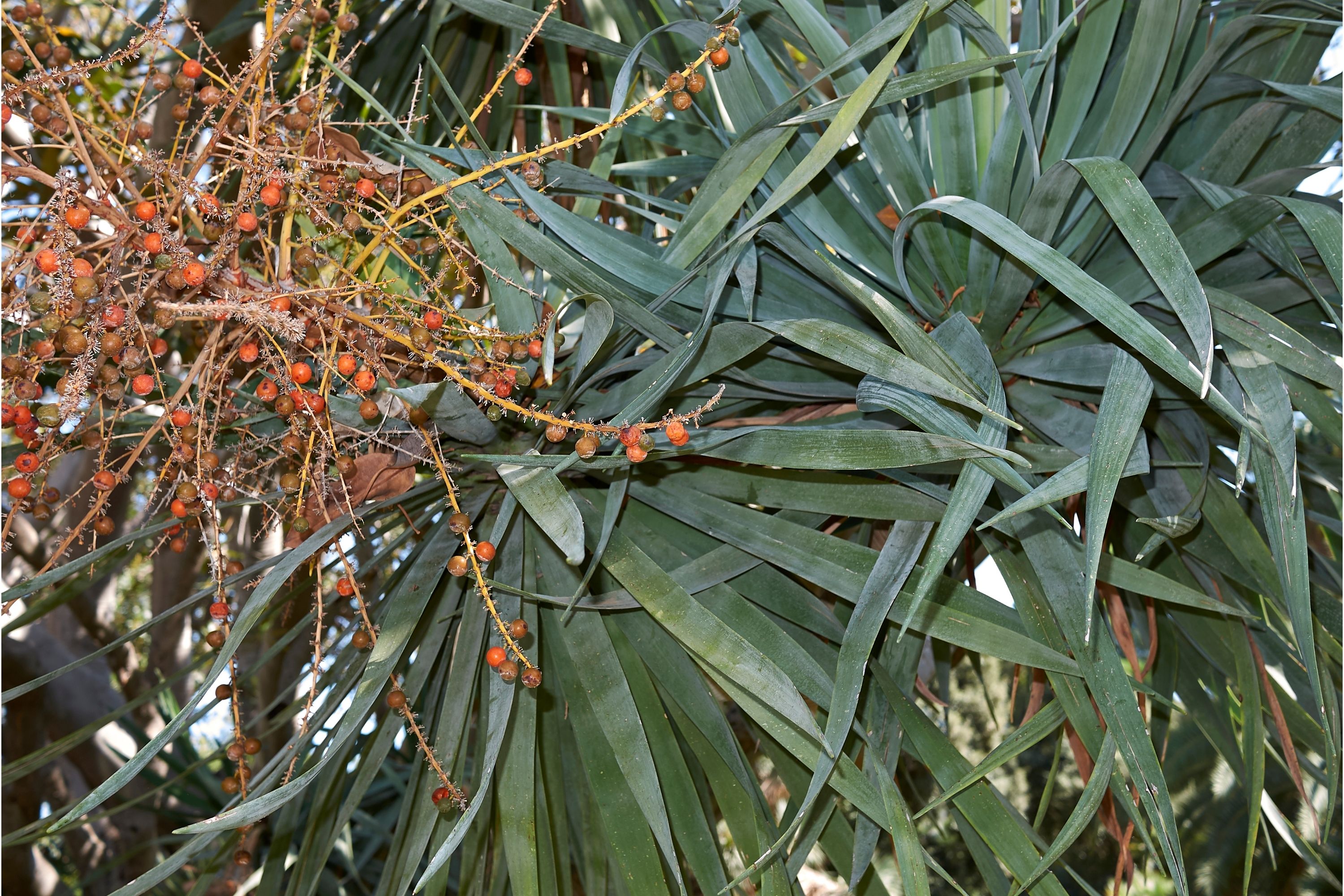Dragon tree
(Dracaena draco)

Description
Dracaena draco, commonly known as the Dragon Tree, is a slow-growing evergreen tree native to the Canary Islands, Cape Verde, Madeira, and Morocco. It is a member of the Asparagaceae family and has a distinctive appearance with a thick trunk and an umbrella-shaped canopy of long, narrow leaves. In this article, we will explore the taxonomy, morphology, cultivation, and cultural significance of Dracaena draco. Taxonomy: The scientific name of the Dragon Tree is Dracaena draco. The genus Dracaena is derived from the Greek word “drakaina,” meaning “female dragon,” which refers to the tree’s resin, which was once believed to have magical properties. The species name, draco, means “dragon” in Latin and alludes to the tree’s distinctive appearance. Morphology: The Dragon Tree can grow up to 20 meters in height with a thick, gnarled trunk that can reach up to 3 meters in diameter. The trunk has a grayish-brown bark that is smooth in young trees but becomes rough and scaly with age. The tree’s crown is composed of long, narrow leaves that can grow up to 60 cm in length and 2-3 cm in width. The leaves are a bluish-green color and are arranged in a dense, rosette-like pattern at the end of the branches. The tree produces small, white, and fragrant flowers that grow in clusters on long, branching inflorescences. The flowers bloom in the spring and summer and are followed by small, orange-red berries that are about 1 cm in diameter. The berries are not edible and contain toxic alkaloids. Cultivation: The Dragon Tree is a slow-growing tree that prefers warm, dry conditions and is tolerant of drought. It can be grown in a variety of soils, including sandy, loamy, and clay soils, as long as they are well-drained. The tree can also tolerate salt spray, making it a suitable plant for coastal gardens. Propagation of the Dragon Tree is typically done by seed, although it can also be propagated by stem cuttings. Seeds should be planted in well-drained soil and kept moist but not waterlogged. Germination can take several months, and young seedlings should be kept in a warm, sheltered area until they are established. Once established, the Dragon Tree requires little maintenance other than occasional pruning to remove dead or damaged branches. It is a hardy plant and can tolerate temperatures down to -5°C, although it may require protection from frost in colder climates. Cultural Significance: The Dragon Tree has a long history of cultural significance and was once believed to have magical properties. In ancient times, the tree’s resin was used in medicine, perfume, and embalming, and was also burned as incense in religious ceremonies. The tree was also considered sacred by the Guanches, the indigenous people of the Canary Islands, who believed that it possessed supernatural powers. According to legend, the Dragon Tree was created by the blood of a dragon that was slain by a local hero. The tree’s red resin was said to be the dragon’s blood, and the tree itself was believed to be a symbol of strength, longevity, and fertility. In modern times, the Dragon Tree is widely grown as an ornamental plant and is a popular choice for gardens, parks, and public spaces. It is also used in horticulture as a model organism for studying the effects of climate change on tree growth and development. Conclusion: The Dracaena draco, or Dragon Tree, is a fascinating and culturally significant plant with a distinctive appearance and a long history of medicinal and religious use.
Taxonomic tree:







